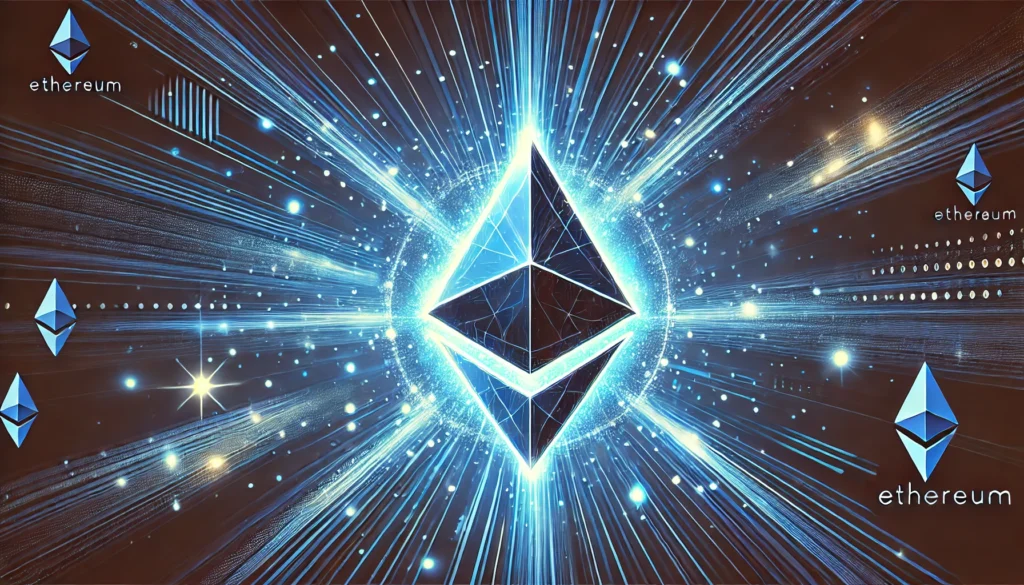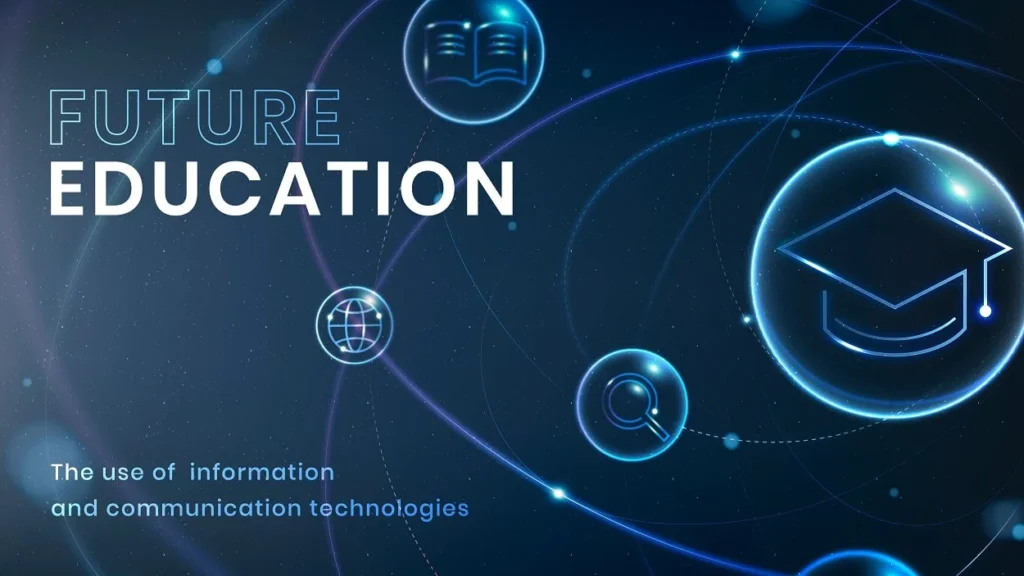The Ethereum Foundation has launched a new, institution-focused portal designed to help enterprises, asset managers, and financial market infrastructures navigate how to build, transact, and settle on Ethereum. Arriving as Wall Street’s crypto push accelerates, this initiative—titled “Ethereum for Institutions”—seeks to turn growing interest into concrete, compliant, and scalable adoption pathways. Early coverage highlights that the portal brings together guidance and showcases around areas institutions ask about most: zero-knowledge privacy tooling, real-world assets (RWAs), and restaking-enabled security models.
This move lands at an inflection point. Large banks, market-makers, and corporate treasuries are actively experimenting with on-chain settlement, collateralization, and tokenisation. JPMorgan, for instance, has been exploring models that let institutional clients borrow against. Bitcoin and Ethereum holdings—a signal of how traditional finance wants programmable. Collateral rails that meet risk and capital constraints. Meanwhile, new public-market vehicles and ventures centred on Ether continue to surface, underlining demand for regulated exposure and on-chain market structure.
Why “Ethereum for Institutions” matters now
Institutional adoption is not just about buying a spot asset. It’s about integrating on-chain settlement, tokenised assets, and programmable compliance into existing workflows. The Ethereum Foundation’s portal addresses the need for a single, technically accurate place where decision-makers can evaluate the tooling, standards, and architectures that already exist in the ecosystem. Reporting around the launch stresses that the new site curates primitives an enterprise would actually deploy: ZK privacy systems, RWA frameworks, and restaking components that extend Ethereum’s security to app-specific services.
From a market-structure perspective, the timing tracks. Major institutions are formalising crypto participation—pursuing market-making, custody, and collateral use. Coverage of the broader trend argues that Ethereum is fast becoming a default base layer for these activities because it combines a large developer base, mature tooling, and a public, neutral settlement fabric.
The strategic gap the portal fills
Enterprises face three practical hurdles when they evaluate a public chain:
-
Privacy and confidentiality: Trading desks and settlement ops need transaction privacy on public rails without sacrificing auditability.
-
Asset representation: They require robust, composable standards for tokenising RWAs (from treasuries to funds, collateral, and credit).
-
Operational security and availability: They need high assurance for core services (data availability layers, oracles, sequencing, and verification) without standing up parallel permissioned systems that fracture liquidity and tooling.
The Foundation’s site, per initial reports, points institutions toward ZK-powered privacy frameworks, tokenisation playbooks, and restaking-backed security modules designed to deliver stronger assurances for shared infrastructure. This is precisely the menu risk committees and CTOs ask for before piloting production flows.
A closer look at the portal’s pillars

Zero-knowledge privacy primitives for regulated workflows
Public blockchains are transparent by default, which is at odds with counterparty confidentiality, order protection, and regulatory obligations around information leakage. Zero-knowledge (ZK) techniques—like zk-proofs and zk-identity attestations—allow institutions to prove compliance, solvency, or eligibility without revealing sensitive data. The Foundation has made privacy research a formal pillar of its roadmap, consolidating efforts across private payments, proofs, identity, and enterprise use cases. This work builds on years of experiments—including Semaphore, MACI, zkEmail, and zkTLS—that demonstrate how private signalling and verifiable computation can operate on public infrastructure.
For an asset manager, this means being able to run on-chain primary issuance with whitelist attestations, then prove secondary trading eligibility or concentration limits without doxxing counterparties. For a bank, it means confidential collateral posting and proof-of-liquidity that is legible to auditors but opaque to competitors. The new portal’s emphasis on ZK tooling is a clear acknowledgment that privacy is a prerequisite—not a nice-to-have—for serious capital.
Real-world assets (RWAs): tokenization that speaks finance
Institutions have moved beyond pilots to early production for RWA tokenisation: short-duration Treasuries, money-market strategies, credit exposures, and even on-chain fund shares. By standardising metadata, transfer restrictions, oracle integrations, and audit hooks, Ethereum’s RWA stack aims to make tokenised instruments behave like their off-chain cousins—only with programmable settlement and composable liquidity.
The Foundation’s new site elevates RWA patterns that match legal and operational realities (transfer agent roles, KYC/AML gates, primary issuance/secondary trading separation). Industry reporting on the portal underscores that RWAs are front-and-centre alongside ZK and restaking, reflecting where institutional demand is strongest right now.
Restaking: shared security for critical services
Production systems need more than L1 blockspace. They rely on oracles, data availability, sequencers, and verification networks. Restaking lets these services borrow Ethereum’s economic security, aligning incentives and slashing conditions to keep them honest. For institutions, the benefit is straightforward: reduce vendor-specific trust and replace it with cryptoeconomic guarantees backed by the same asset that secures Ethereum.
Press coverage of “Ethereum for Institutions” notes restaking among its featured themes, signalling that the Foundation wants enterprises to see a security model—not a grab-bag of third-party components. This helps compliance teams understand who’s responsible when a service fails and how risk is priced in a shared-security paradigm.
How this aligns with Wall Street’s crypto push
It’s not just startups anymore. The list of household-name firms putting crypto to work keeps growing—from liquidity provision and derivatives collateralised lending and treasury allocation. Recent reporting details how a leading U.S. bank is preparing to let institutional clients borrow against BTC and ETH reserves, a telling example of programmable collateral policies entering mainstream credit workflows. Separately, large public-market vehicles centred on Ether—like a planned Nasdaq debut for a firm consolidating massive ETH reserves—aim to give institutions balance-sheet-friendly exposure, momentum that reinforces Ethereum as an institutional base layer.
Observers have argued that—post-ETF standardisation and clearer rules—Ethereum sits at the heart of this shift, thanks to its credible neutrality, developer depth, and composable DeFi liquidity that institutions can tap as regulated endpoints mature. The arc is visible across trading, custody, and tokenisation desks.
Inside the new site: what institutional teams should expect
Practical guidance on marketing gloss
According to coverage, the portal is built as a how-to hub rather than a glossy brochure. Expect reference architectures, integration paths, and case-study-style explanations of where specific ZK modules, RWA standards, or restaking setups fit in a live stack. It’s designed to be actionable for CTOs, solutions architects, and heads of digital assets who need to justify decisions to risk committees and boards.
Curated pathways for different institution types
A global bank’s needs differ from an asset manager’s, which differ again from a market infrastructure operator. The site carves out pathways tailored to these stakeholder types:
-
Banks and dealers: privacy-preserving settlement, on-chain repo, collateral mobility, and interoperability with core banking systems.
-
Asset and fund managers: tokenised funds, compliant secondary trading, NAV oracles, and investor verification.
-
Exchanges and FMIs: sequencing, data availability strategies, MEV and auction design, and shared-security approaches.
By mapping roles to stacks, the portal shortens decision cycles and de-risks pilots.
Spotlight on privacy, RWAs, and restaking ecosystems
Crucially, the site doesn’t assert that the Foundation is the one building everything. It curates the ecosystem—from research groups to production-grade teams—so institutions can evaluate vendors and protocols that meet their requirements. This curatorial stance matches the Foundation’s long-held role as a coordination layer in Ethereum’s development, not a centralised product company.
What it means for enterprises considering Ethereum

A faster path from exploration to production
Historically, enterprise blockchain pilots stalled on security sign-off, privacy models, and compliance mapping. By aggregating the canonical options and laying out reference guardrails, the new portal cuts months from discovery and validation. Teams can point stakeholders to an authoritative, ecosystem-wide resource backed by the Foundation, then dive into specific LSI-aligned topics like “zero-knowledge proofs,” “tokenization,” “on-chain KYC,” “settlement finality,” and “governance and slashing.” The result is smoother internal buy-in and more credible RFPs for vendors.
Clearer answers to risk and compliance questions
When compliance asks “who sees what, when, and why?”, ZK patterns provide formal answers. When risk asks “what fails if this oracle lies?”, restaking shows slashing-backed incentives. legal asks “does this share represent a real security?”, RWA frameworks with defined roles, registries, and transfer-restriction logic demonstrate how tokenised instruments align with existing regulations. By organising these answers in one place, the portal reduces the inter-departmental friction that has slowed adoption.
Composability without fragmentation
A recurring enterprise fear is vendor lock-in or a patchwork stack that’s hard to maintain. Ethereum’s modularity—L1 + L2 + shared services via restaking, plus ZK-enabled privacy—lets institutions compose the pieces they need without siloing liquidity or tooling. The Foundation’s curation emphasises standards and interoperability so banks and asset managers can adopt incrementally while staying aligned with open infrastructure.
Case studies and momentum: reading the signals
Recent news flow shows Wall Street’s crypto push is no longer hypothetical. Plans at large banks to unlock collateralised lending against ETH reserves, coupled with public-market vehicles dedicated to Ether exposure, indicate that demand for compliant on-chain finance is deepening. Analysis in mainstream business press amplifies the thesis: institutions are rewiring crypto, and Ethereum’s neutrality and rich tooling make it the layer of choice for that rewiring. The Foundation’s portal is therefore both a response to demand and a signal to compliance-bound decision-makers that the ecosystem is ready for them.
How enterprises can use the portal to kickstart initiatives
Map business outcomes to on-chain primitives
Start with the business driver—faster settlement, new collateral channels, or RWA issuance—and map it to Ethereum primitives. For settlement, examine L2 rollups with validity proofs, choose a DA strategy, and add ZK compliance attestations. For RWAs, define roles (issuer, transfer agent), set transfer restrictions, integrate Oracle-fed NAV, and plan for secondary liquidity on compliant venues.
Choose a privacy model first, not last.
Privacy is usually bolted on late. Flip that. Decide whether your flows need selective disclosure, view keys. Or fully shielded transactions with auditable trails. Then select ZK circuits or identity frameworks that the Foundation highlights for institutional use cases.
Treat restaking as baseline critical-infrastructure security.
If your stack depends on price feeds, DA layers, or sequencing. Examine restaked services that import Ethereum’s security. Define slashing conditions aligned with your risk tolerance so you’re not. Trusting a single vendor’s uptime promise.
Pilot with measurable KPIs
Frame pilots around KPIs that matter to CFOs and CROs: settlement cycle time, capital efficiency, operational risk, audit cost, and counterparty leakage. Use the site’s references to architect realistic testbeds and instrument them for observability.
Socialise internally with governance-ready documentation.n
Because the portal centralises reference designs and governance arguments. It becomes a shared source for board decks, risk memos, and vendor evaluations. This helps keep legal, compliance, tech, and business sponsors aligned.
See More: Ethereum Price Prediction ETH May Beat Bitcoin in October
The bigger picture: Ethereum’s evolving institution-grade stack
Ethereum’s path to institution-grade adoption has always hinged on three traits:
-
Credible neutrality: A public, permissionless base that any firm can build on without gatekeeper risk.
-
Programmable compliance: The ability to encode rules, attestations, and audits directly in asset and workflow logic.
-
Shared security and scale: The use of oL2S2s, ZK proofs, and restaking to expand throughput and harden critical services without fragmenting liquidity.
The Ethereum Foundation’s institutional portal crystallises these traits into a single discovery plane. It spotlights the research clusters advancing privacy and the standards maturing. RWA tokenisation and the security models, like restaking, that align incentives across services. In doing so, it meets Wall Street where it now finds itself: eager to adopt on-chain finance. That feels familiar in its guarantees, but superior in its composability and automation.
Conclusion
The Ethereum Foundation’s new. Institution-focused site is less of a marketing splash than. A practical blueprint for banks, asset managers, and market infrastructures moving on-chain. By curating ZK privacy tooling, RWA frameworks, and restaking-based security. It lowers the cost and complexity of going from proof-of-concept to production.
As Wall Street’s crypto push gathers pace—through collateralised lending lines, public-market Ether vehicles, and market-making expansion—the portal provides. A neutral compass for navigating technology choices without sacrificing compliance or control. For enterprises, the takeaway is clear: Ethereum’s institution-grade stack is ready, and the fastest path to value now runs through. Well-documented primitives, not bespoke pilots in isolation.
FAQs
Q: What exactly is “Ethereum for Institutions,” and who is it for?
It’s a Foundation-curated portal that organises privacy, RWA, and restaking resources, architectures, and references for institutional users. Banks, asset managers, market-makers, and infrastructure providers—so they can design production-ready on-chain systems without starting from scratch.
Q: How does Ethereum’s privacy stack satisfy regulatory requirements?
Through zero-knowledge proofs and identity attestations, institutions can prove eligibility, ownership, or. Risk compliance without exposing sensitive details on a public ledger. The Foundation has expanded privacy research into a dedicated cluster spanning payments, proofs, identity, and enterprise use cases.
Q: Why are RWAs such a focal point for institutions?
RWAs let firms bring yield-bearing and regulated instruments on-chain with programmable settlement, auditability, and controlled secondary liquidity. The portal highlights standards and patterns (roles, transfer restrictions, oracles) that make tokenised instruments behave. Like their traditional counterparts—only more composable.
Q: What role does restaking play in institution-grade reliability?
Restaking allows critical services—oracles, DA layers, sequencers—to inherit Ethereum’s security and slashing-backed guarantees. Reducing single-vendor risk and aligning incentives for uptime and correctness in production environments.
Q: How does this relate to Wall Street’s growing involvement in crypto?
Banks and public vehicles are building or expanding ETH-centric strategies—from collateralised lending programs to Ether-focused listings. Signalling sustained demand for regulated, on-chain finance. The portal meets that demand with vetted pathways and technologies aligned to institutional constraints.




















